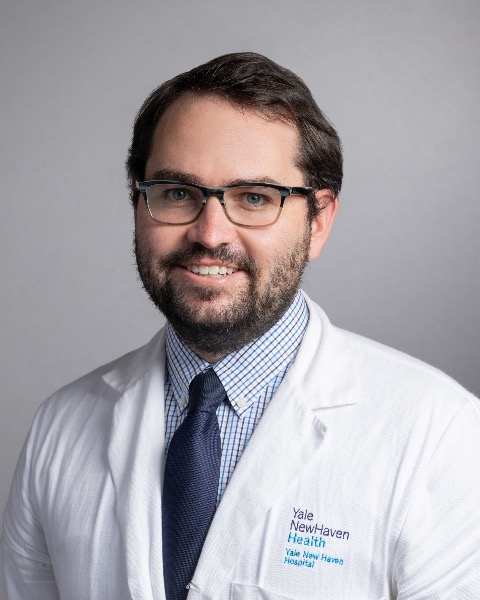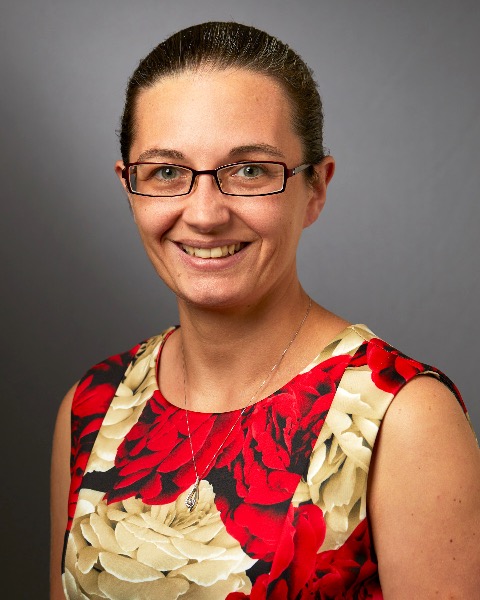Melanoma
E332: Sequencing of Discordant Lesions in a Merkel Cell Carcinoma Patient Reveals SH2B3 Mutation as a Potential Resistance Mechanism to Oncolytic Virus Therapy

Alexander Frey, MD (he/him/his)
Resident Physician
Yale School of Medicine, Department of Surgery
New Haven, Connecticut, United States
Alexander Frey, MD (he/him/his)
Resident Physician
Yale School of Medicine, Department of Surgery
New Haven, Connecticut, United States
Alexander Frey, MD (he/him/his)
Resident Physician
Yale School of Medicine, Department of Surgery
New Haven, Connecticut, United States- PC
Philippos Costa, MD
Clinical Fellow
Yale School of Medicine, Department of Medical Oncology, United States - DL
Daniel Lee, MD
Resident Physician
Yale School of Medicine, Department of Medical Oncology, United States 
Kelly Olino, MD (she/her/hers)
Assistant Professor
Yale School of Medicine, Department of Surgery
New Haven, Connecticut, United States- JI
Jeffrey Ishizuka, MD DPhil
Assistant Professor
Yale School of Medicine, Department of Medical Oncology, United States
ePoster Abstract Author(s)
Submitter(s)
Author(s)
Merkel cell carcinoma (MCC) is a rare but aggressive cutaneous neoplasm of neuroendocrine origin. An 80-year-old woman was diagnosed with MCC of the right lower extremity and underwent wide local excision. Her disease recurred, and she developed 29 metastatic lesions over three years. She was treated with radiation, immunotherapy, and intralesional oncolytic virus, talimogene laherparepvec (TVEC). To further understand treatment resistance mechanisms, we performed transcriptome and mutational analysis of her tumors using a discordant lesion approach.
Methods:
We analyzed the primary lesion and four discordant lesions that either persisted or recurred following treatment. Treatment data were extracted from medical records, and lesions were classified based on their resistance to given therapies. DNA and RNA were extracted from cored FFPE tissue blocks, and whole exome sequencing and bulk RNA sequencing were performed. Whole exome data were compared between specimens to determine mutation enrichment over time. Gene Set Enrichment Analysis (GSEA) was used to interpret bulk RNA sequencing data and compare transcriptional states over time.
Results:
Lesions four and five recurred in a prior radiation field following immunotherapy and TVEC treatment and were classified as resistant to all treatment modalities (Figure 1A). Whole exome sequencing of all five lesions identified a point mutation (P521L) in the SH2B3 gene in lesions four and five only. The variant allelic fraction of this point mutation increased from 33% in lesion four to 44% in lesion five, where it was the highest frequency variant (Figure 1 A, B). When comparing lesion five to lesion one, GSEA showed an increase in both the hallmark inflammatory response gene signature and interferon alpha response gene signature (Figure 1C).
Conclusions:
Sequencing of discordant MCC lesions revealed enrichment in the mutational fraction of SH2B3 associated with an increase in interferon alpha and inflammatory signaling among lesions that were resistant to TVEC. SH2B3 is a gene encoding the LNK protein, a negative regulator of the JAK-STAT signaling pathway and therefore a negative regulator of interferon signaling. Loss of function in SH2B3 could lead to upregulation of interferon signaling, which has previously been shown to promote an antiviral state within the tumor microenvironment and limit the effectiveness of oncolytic virus treatment. The impact of this mutation on LNK expression and its role as a mechanism of oncolytic virus treatment resistance should be further investigated.
Learning Objectives:
- Describe the rationale for using discordant lesion analysis to identify mechanisms of therapy resistance
- Describe the role of oncolytic virus therapy in Merkel Cell Carcinoma
- Describe the potential role of SH2B3 mutation in oncolytic virus resistance
